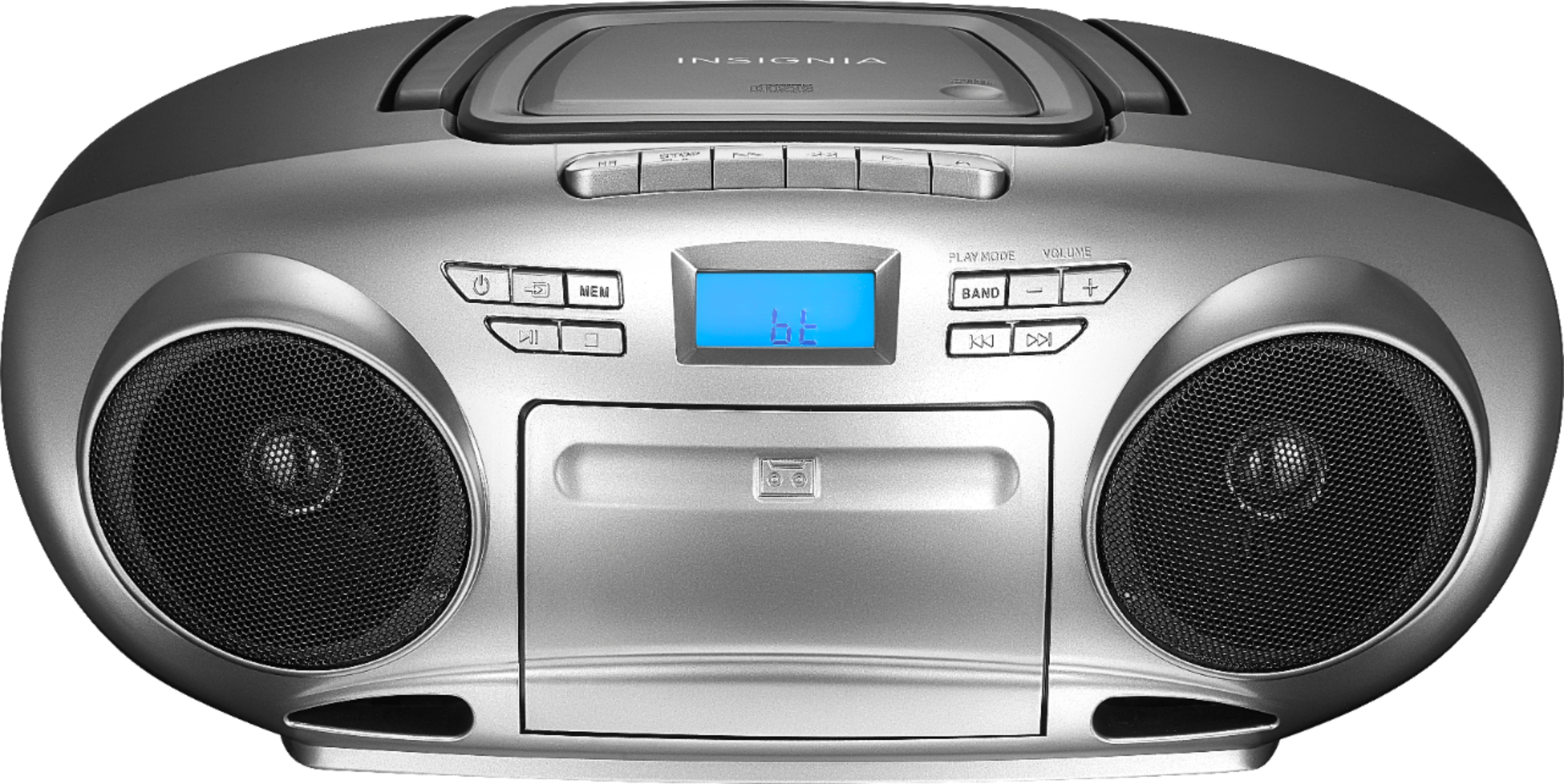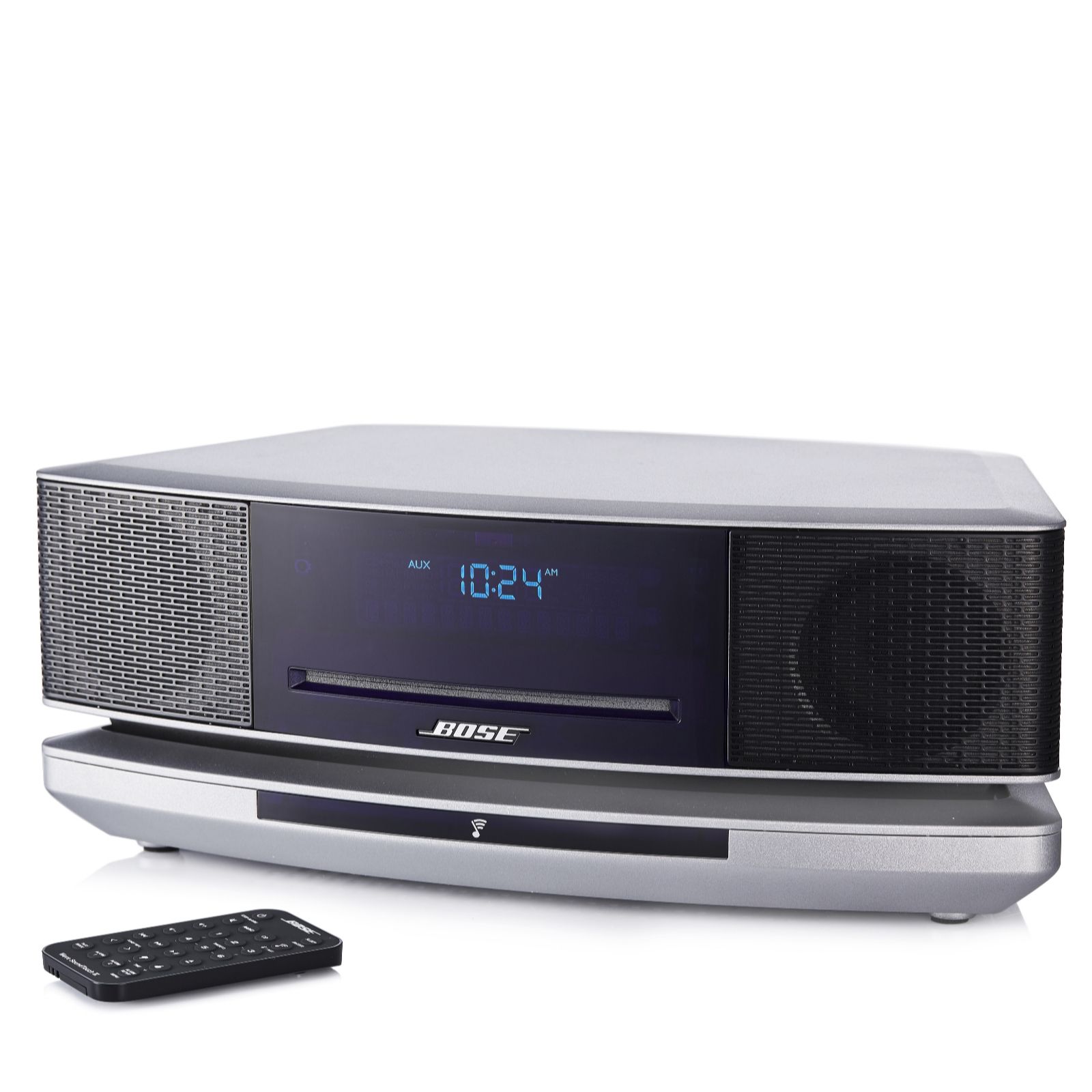Introducing CD players that will make my music collection sound amazing! Immerse yourself in a world of pristine audio as we explore the technical marvels and exceptional features that transform your beloved tunes into a symphony of sonic delight.
From bit depth and sample rates to the nuances of digital-to-analog converters, we’ll delve into the technical specifications that shape the sonic landscape. Discover how different designs and construction materials influence audio performance, and explore the CD players renowned for their unparalleled sound quality.
Technical Features
The technical specifications of CD players play a crucial role in determining the sound quality they deliver. These specifications include bit depth, sample rate, signal-to-noise ratio, and the type of digital-to-analog converter (DAC) used.
Bit depth refers to the number of bits used to represent each sample of the audio signal. A higher bit depth allows for a more accurate representation of the original analog signal, resulting in better sound quality. Common bit depths for CD players are 16 bits and 24 bits.
Sample rate refers to the number of times per second that the audio signal is sampled. A higher sample rate results in a more accurate representation of the original analog signal, as it captures more of the細かいニュアンス. Common sample rates for CD players are 44.1 kHz and 96 kHz.
Signal-to-noise ratio (SNR) refers to the ratio of the level of the desired audio signal to the level of background noise. A higher SNR indicates that the audio signal is less contaminated by noise, resulting in a cleaner and more detailed sound.
For those who enjoy the challenge of crossword puzzles, put a price on nyt crossword can be a fun way to test your skills. However, if you’re looking for a more immersive experience, consider one providing sat navigation nyt mini , which adds an element of adventure to the classic crossword format.
DACs
The DAC is a critical component in CD players, as it converts the digital audio signal into an analog signal that can be amplified and played through speakers. Different DACs use different technologies and have varying levels of performance. High-quality DACs can significantly improve the sound quality of CD players by reducing distortion and jitter.
The following table compares the technical features of different CD players:
| CD Player | Bit Depth | Sample Rate | SNR | DAC |
|---|---|---|---|---|
| Player A | 16 bits | 44.1 kHz | 90 dB | Wolfson WM8740 |
| Player B | 24 bits | 96 kHz | 100 dB | ESS Sabre ES9018 |
| Player C | 24 bits | 192 kHz | 110 dB | AKM AK4497 |
Audio Performance
CD players offer an immersive listening experience thanks to their exceptional sonic characteristics. They deliver clarity, detail, and soundstage that bring music to life.
If you’re a fan of the New York Times crossword puzzle, you might be interested in learning how to put a price on it. By understanding the different factors that affect the value of a crossword puzzle, you can make more informed decisions about which ones to buy and sell.
Additionally, if you’re looking for a way to improve your navigation skills, you might want to consider using a one providing sat navigation nyt mini. These devices can provide you with turn-by-turn directions, as well as information about traffic and road conditions.
The design of a CD player significantly influences its audio performance. Transport mechanisms, which control disc rotation and data retrieval, play a crucial role in minimizing jitter and ensuring accurate signal reproduction. Rigid chassis construction and vibration isolation further enhance sound quality by reducing unwanted resonances.
Transport Mechanisms, Cd players that will make my music collection sound amazing
CD players employ various transport mechanisms, each with its advantages:
- Linear Tracking Mechanisms:Precision laser beams move along a straight line, providing high accuracy and reduced distortion.
- Radial Tracking Mechanisms:Laser beams move in a radial pattern, offering lower cost and greater durability.
- Slot-Loading Mechanisms:Discs are inserted into a slot, eliminating the need for a moving tray and reducing vibration.
Chassis Construction
The chassis of a CD player provides a stable foundation for its internal components. Rigid materials and vibration-dampening techniques minimize resonances that can degrade sound quality:
- Metal Chassis:Steel or aluminum chassis provide excellent rigidity and isolation.
- Vibration-Dampening Feet:Rubber or gel feet absorb vibrations from the environment.
- Internal Bracing:Reinforcements within the chassis further reduce resonances.
Exceptional CD Players
Numerous CD players have gained recognition for their exceptional audio quality:
- Marantz CD6007:Known for its warm, detailed sound with excellent dynamics.
- Cambridge Audio CXC:Offers a neutral and balanced soundstage with precise imaging.
- Naim Audio CD5 XS:Delivers a lively and engaging sound with exceptional clarity.
Compatibility and Versatility

In addition to playing traditional audio CDs, many modern CD players support a wide range of audio formats, including CD-R/RW, MP3, and FLAC. This versatility allows you to enjoy a diverse collection of music from various sources.
Connectivity Options
To enhance versatility, CD players often come equipped with a variety of connectivity options. Headphone outputs enable private listening, while digital outputs (such as optical or coaxial) allow for high-quality connections to external audio systems. Remote controls provide convenient control from a distance.
Compatible CD Players
Several CD players offer a wide range of connectivity options:
- Sony CDP-CX400: Supports CD, CD-R/RW, MP3, and FLAC; features headphone output, optical output, and remote control.
- Denon DCD-800NE: Supports CD, CD-R/RW, MP3, and WAV; features headphone output, optical and coaxial outputs, and remote control.
- Marantz CD6007: Supports CD, CD-R/RW, MP3, and WAV; features headphone output, optical and coaxial outputs, and remote control.
Design and Aesthetics
The design of a CD player can significantly impact its overall appeal and integration within a home audio system. CD players come in a variety of form factors, from compact desktop models to larger rack-mountable units, each with its own unique aesthetic.
The materials used in the construction of a CD player also play a role in its design. High-quality CD players often feature sturdy metal chassis that minimize vibrations and provide a sense of solidity. Some models incorporate wood or other premium materials into their design, adding a touch of warmth and elegance.
The finish of a CD player can further enhance its aesthetic appeal. Brushed aluminum, glossy black, and matte white are common finishes that complement a wide range of home décor styles. Some CD players also offer customizable faceplates or interchangeable trim pieces, allowing users to personalize the look of their unit.
Complementing Home Audio Systems
When choosing a CD player, it’s important to consider how it will complement the overall aesthetic of your home audio system. A CD player with a sleek, modern design will pair well with other contemporary components, while a more traditional-looking player may be a better fit for a classic or vintage system.
The size of the CD player should also be taken into account. If you have limited space, a compact desktop model may be a better choice. For larger systems, a rack-mountable CD player can provide a more professional and integrated look.
Examples of Stylish CD Players
- Marantz CD6007: This high-quality CD player features a classic design with a brushed aluminum finish and wooden side panels.
- Cambridge Audio CXC: The CXC is a sleek and modern CD player with a minimalist design and a high-resolution display.
- Naim Audio CD5si: The CD5si is a premium CD player with a luxurious design that features a solid aluminum chassis and a high-gloss finish.
User Interface and Ease of Use: Cd Players That Will Make My Music Collection Sound Amazing
A user-friendly interface is paramount for a seamless CD player experience. It enables users to navigate and control the player’s functions effortlessly.Different user interfaces are available, each offering its own advantages. Physical buttons provide tactile feedback and are easy to use, even in low-light conditions.
Touchscreen displays offer a sleek and modern look, allowing for intuitive gestures and customizable settings. Smartphone apps, when integrated with CD players, provide remote control and additional features accessible from anywhere.For instance, the Marantz CD6007 features a clear and concise front panel with dedicated buttons for essential functions, ensuring quick and easy operation.
The Sony CDP-XE500, on the other hand, boasts a touchscreen display with a user-friendly menu system that allows for effortless navigation. The Denon DCD-800NE incorporates a smartphone app that enables remote control, playback customization, and access to streaming services.
Final Conclusion
Whether you seek compatibility with diverse audio formats, versatility through connectivity options, or an intuitive user interface, we’ve got you covered. From sleek designs that complement your home audio aesthetic to user-friendly interfaces that make operation a breeze, our recommendations will guide you towards the perfect CD player to elevate your music collection to new heights of sonic bliss.
FAQ
What are the key technical features to consider when choosing a CD player for optimal sound quality?
Bit depth, sample rate, signal-to-noise ratio, and the quality of the digital-to-analog converter (DAC) are crucial factors that impact audio fidelity.
How does the design of a CD player influence its audio performance?
Transport mechanisms, chassis construction, and the use of high-quality components can significantly affect soundstage, clarity, and overall sonic characteristics.
What connectivity options should I look for in a CD player?
Headphone outputs, digital outputs (optical or coaxial), and remote control capabilities enhance versatility and allow for seamless integration into your audio system.

